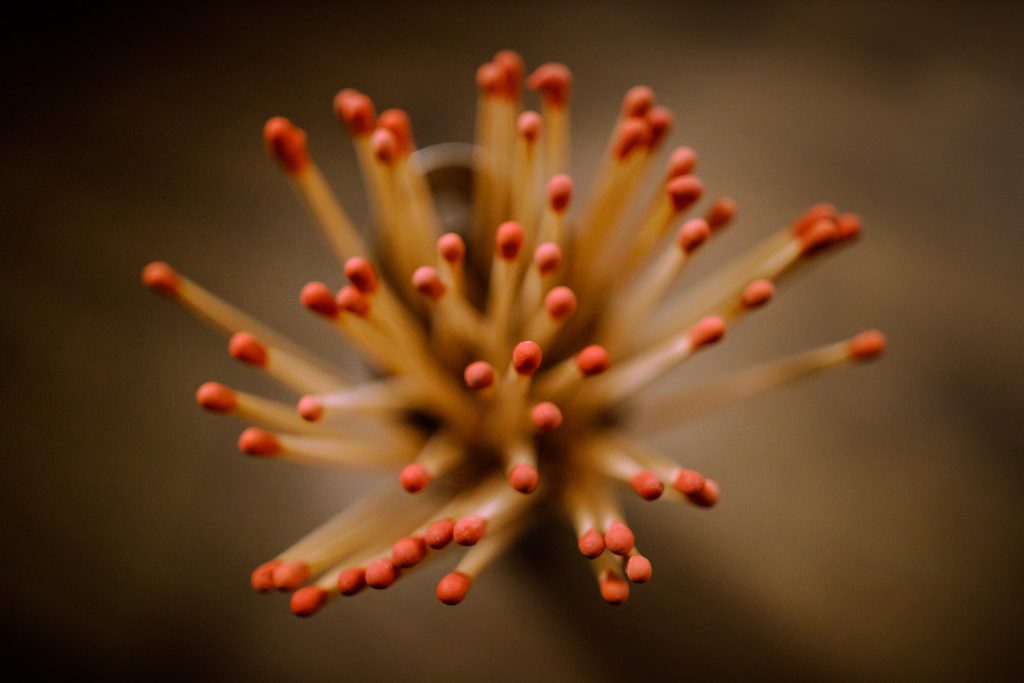Gardening is not just about planting and watering. It’s a delicate balance of ensuring the right nutrients, sunlight, and protection against pests. While there are numerous chemical solutions available to combat plant pests, the trend is shifting towards more natural and sustainable methods. One such surprising yet effective method involves the humble matchstick. Yes, you read that right! Let’s delve into this intriguing gardening hack.

The silent battle: Plants vs. Pests
Every gardener, whether amateur or professional, knows the struggle against plant pests. Be it aphids, whiteflies, or larvae, these tiny creatures can wreak havoc on your beloved plants. While chemical pesticides might offer a quick fix, they come with their own set of problems, including potential harm to beneficial insects and the environment. This is where natural remedies, like the matchstick method, come into play.
Matches: Not just for lighting
Most of us associate matches with their primary function: creating fire. However, the majority of matches, especially those with red tips, contain a combination of phosphorus and potassium chlorate. These chemicals, while excellent for producing quick flames, have another lesser-known benefit: they repel plant pests.
When these matchsticks are planted in flower pots, the chemicals deter pests such as aphids and whiteflies. These pests, deterred by the presence of phosphorus and potassium chlorate, are less likely to lay their eggs near your plants, ensuring a pest-free environment for your greens.
How to use the matchstick method
Using matchsticks as a pest deterrent is simple:
1. Take about ten unburned matchsticks.
2. Plant them around the base of the flower or plant in the pot, ensuring the red tip is inserted into the soil.
3. For optimal results, continue this treatment for approximately two weeks, replacing the matchsticks every 3 to 4 days.
Benefits of the natural approach
Natural and safe: Unlike chemical pesticides, matchsticks offer a natural solution that’s safe for the environment and other beneficial insects in your garden.
Cost-effective: Matchsticks are inexpensive and readily available, making this method affordable for all gardeners.
Easy to implement: The process is straightforward and doesn’t require any specialized knowledge or equipment.
Conclusion
In the world of gardening, sometimes the most effective solutions come from unexpected sources. The matchstick method is a testament to this, offering a natural, affordable, and efficient way to keep plant pests at bay. So, the next time you see those pesky aphids hovering around your plants, remember you have a secret weapon in your arsenal: the humble matchstick.

 Open Immovlan
Open Immovlan